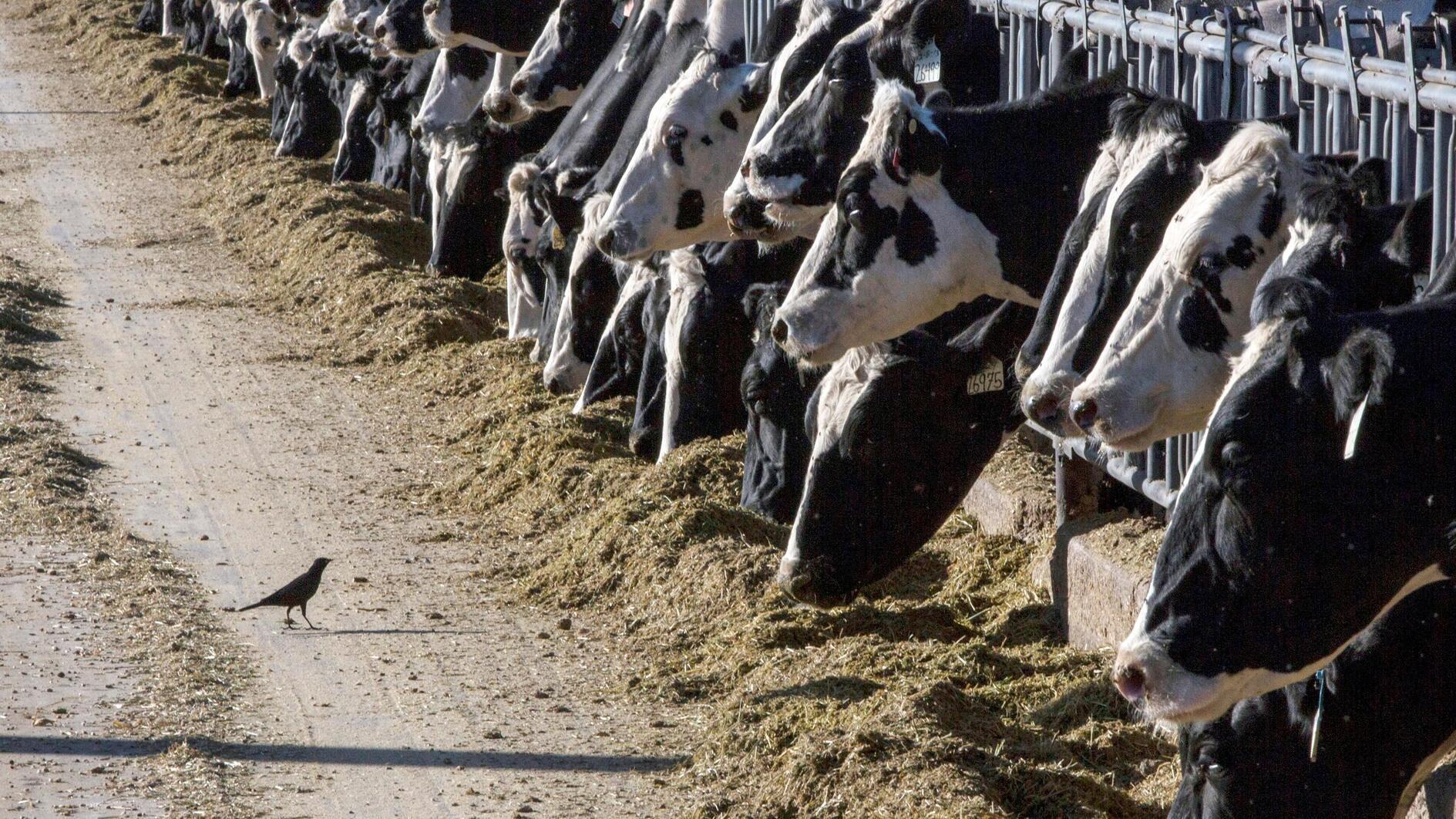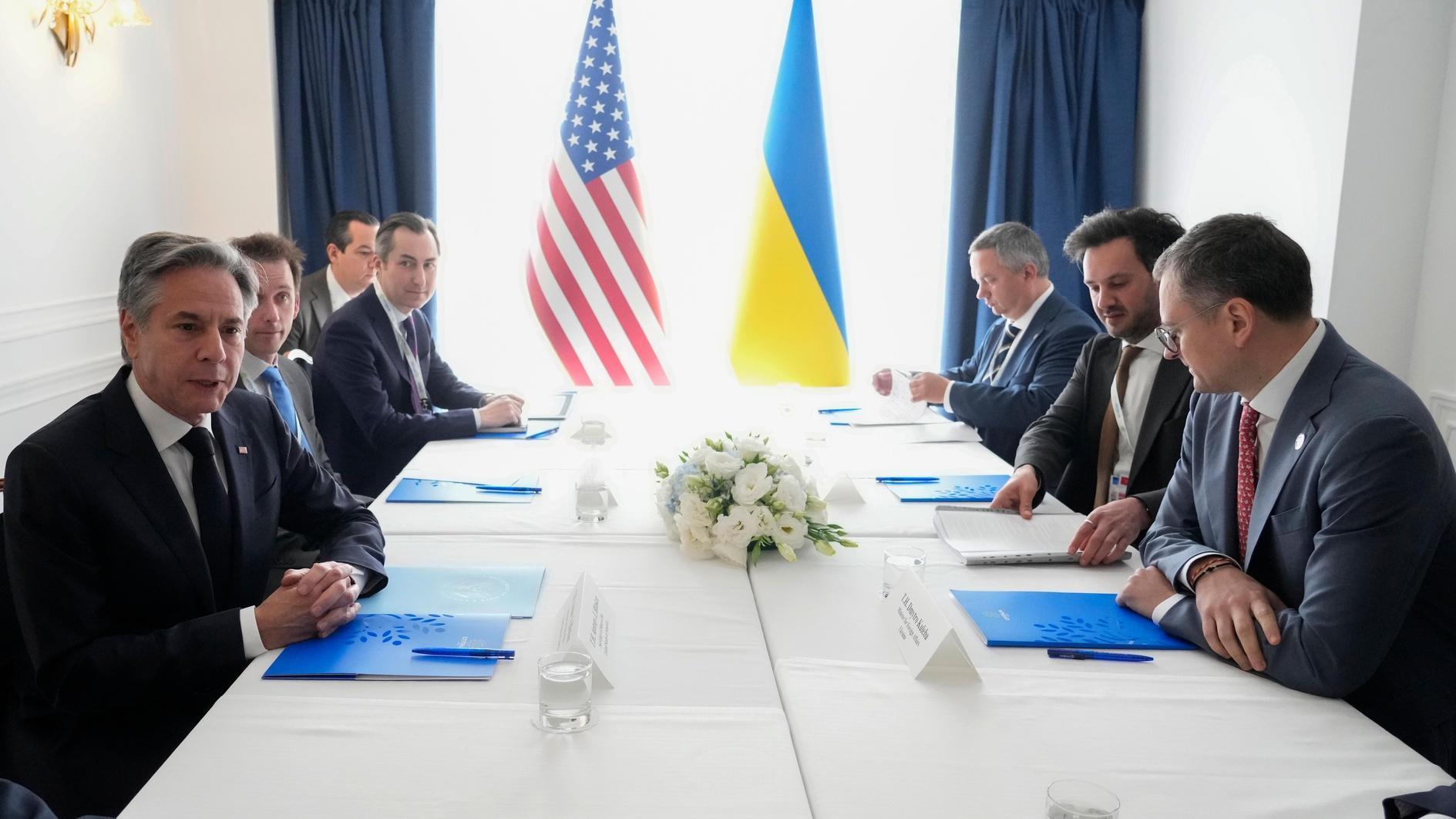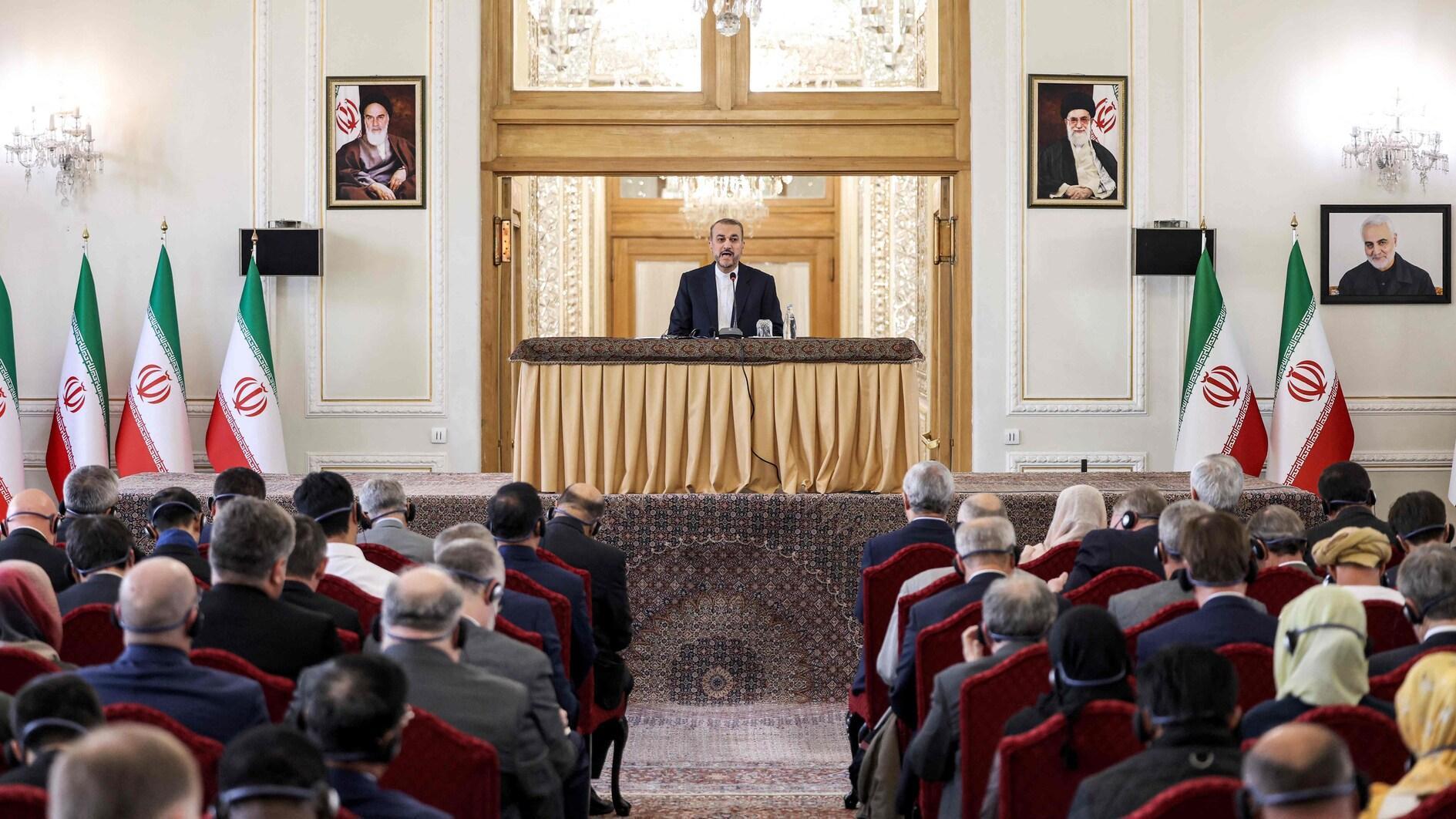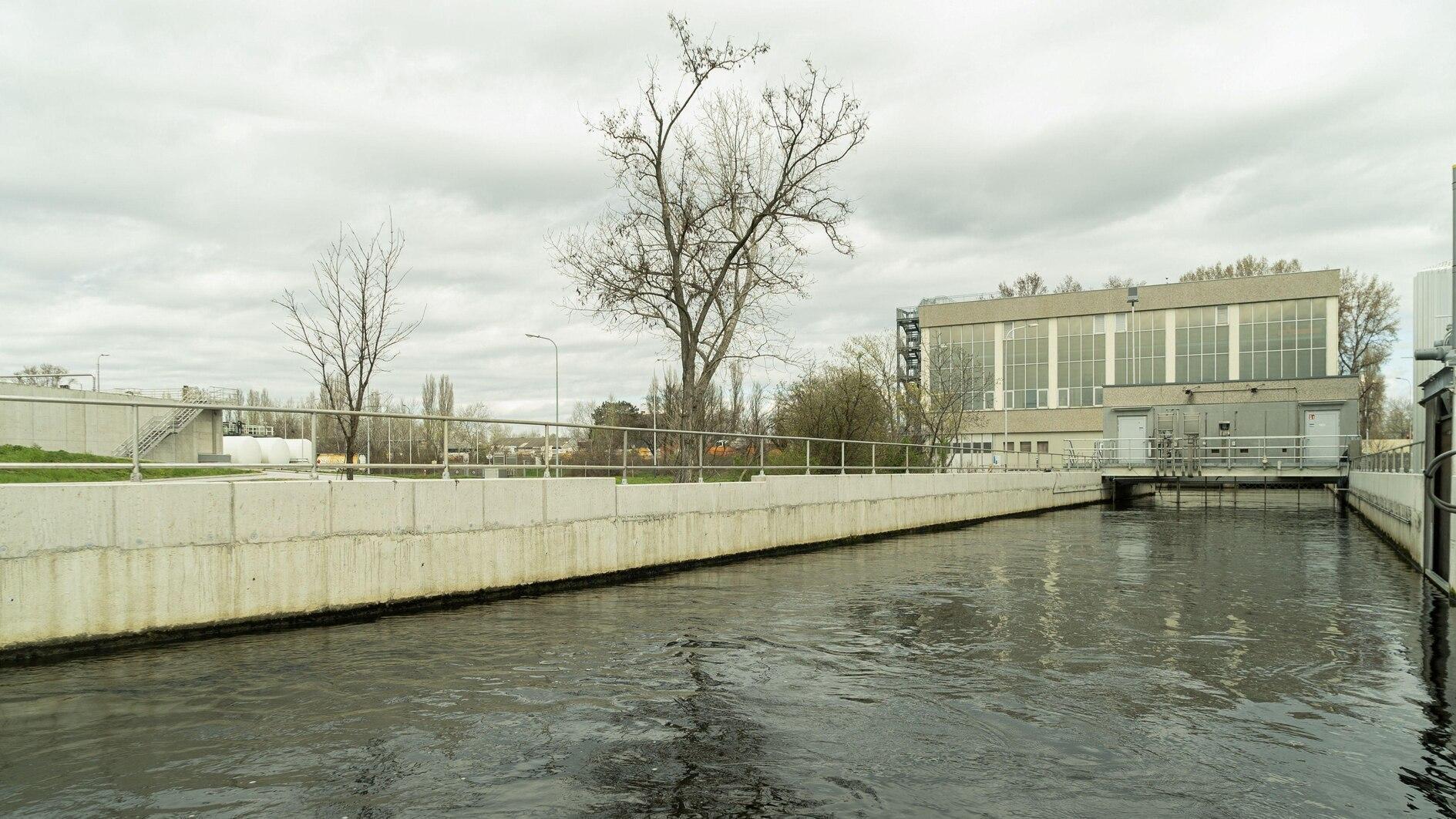Syrian army regains ground in Damascus after strikes on rebels
BEIRUT
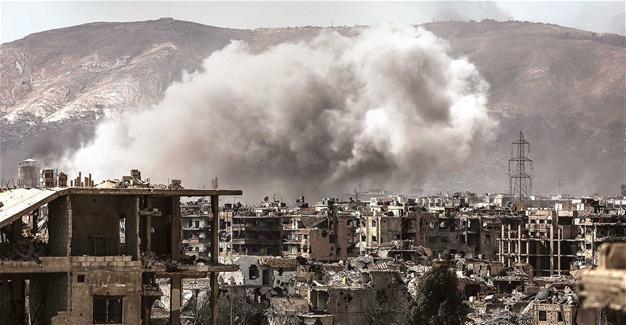 Syria’s army staged a counterattack in northeastern Damascus on March 20, one day after rebels in the city staged a surprise attack, but there were conflicting accounts of how much ground the government regained after the rebel assault.
Syria’s army staged a counterattack in northeastern Damascus on March 20, one day after rebels in the city staged a surprise attack, but there were conflicting accounts of how much ground the government regained after the rebel assault.A Syrian military source and a war monitor said the army had recaptured all the positions it had lost, but rebels said they were still holding on to some of their gains, Reuters said.
The army’s advance involved heavy fighting and intense air strikes, the Syrian Observatory for Human Rights and a military media unit run by the army’s ally Hezbollah said.
A Reuters witness saw war planes circling in the sky above northeast Damascus, mortar fire, and a street with a line of burned-out cars from the fighting in the Jobar and al-Qaboun districts.
The observatory, a British-based war monitor that collects information from a network of sources across Syria, said heavy fighting continued and that the army had unleashed more than 500 air raids and artillery strikes. The Hezbollah-run military media unit said that air raids were aimed at rebel supply lines.
The clashes killed at least 26 members of regime forces and 21 rebels and jihadists, the observatory head Rami Abdel Rahman said. He did not have an immediate toll for the March 20 morning’s air strikes.
Rebels had attacked in Jobar to relieve military pressure after their loss of ground in nearby Qaboun and Barza, a commander from the Failaq al-Rahman group, which is the former al-Qaeda affiliate and is currently fighting there, said on March 19.
The intensity of the Syrian army’s counterattack forced the rebels to retreat on the night of March 19 from at least 60 percent of the areas they captured that day in an industrial area that separated Qaboun from Jobar, a rebel spokesman said.
“Today the clashes are difficult and there is no progress in the face of this ferocious bombardment that is not just limited to the frontline but all night the regime was shelling the cities and towns in Eastern Ghouta in retaliation,” Wael Alwan, the spokesman for Failaq al-Rahman, told Reuters.
Syrian President Bashar al-Assad and his army, along with allied Russian, Iranian and Shiite militia forces, have put rebels on the back foot with a steady succession of military victories over the past 18 months, including around Damascus.
For rebels, however, their first such large scale foray in over four years inside the capital signaled they were still able to wage offensive actions despite their string of defeats.
“This battle gave hope we can stand up to the regime’s military machine ... It was again us going back to a sort of balance of force and not just defending ourselves,” Alwan said.
Rebels still hold a large, heavily populated enclave in the Eastern Ghouta district of farms and towns to the east of the capital, as well as some Damascus districts in the south, east and northeast of the city.
The most recent fighting has focused on the areas around Qaboun and Barza, which the army has isolated from the rest of the main rebel enclave of Eastern Ghouta and the eastern districts of Damascus.
State news agency SANA said Syrian government troops were targeting rebel bases around Jobar on March 20.
“The military operations north of Jobar targeted the areas from which the terrorists set out, and a large number of them were killed,” it said.
Russia’s ambassador to Syria, Alexander Kinshchak, said one of the Russian embassy’s buildings in Damascus had been damaged in clashes between government and opposition forces, Russian news agency RIA reported on March 20.
“We have a building that we haven’t been using temporarily, not far from the epicenter of yesterday’s clashes. I was told a shock wave knocked out the windows there,” Kinshchak was quoted as saying.


